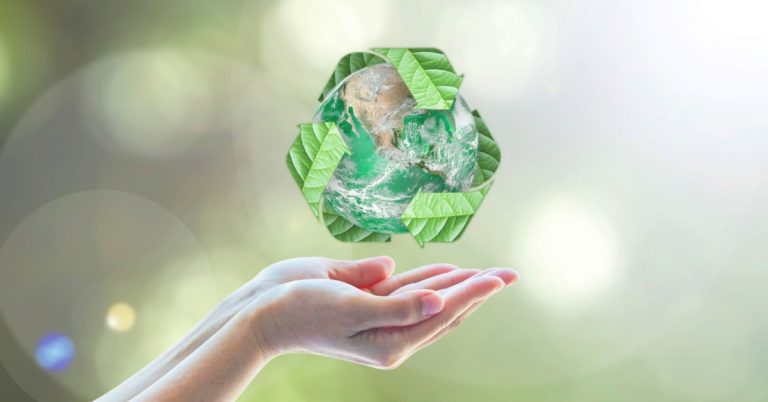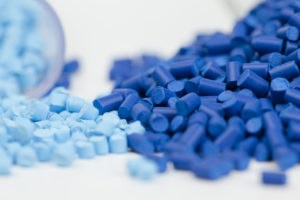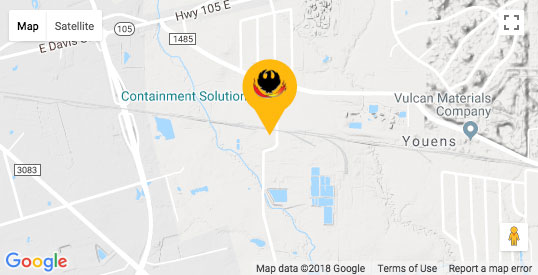Environmentalism has become the most pressing need in today’s world. In our quest to find “greener” alternatives, however, the plastics industry has undergone tremendous changes over the years. Furthermore, our industry remains driven by consumer demand and the negative impact of plastics that end up in the oceans and in our environment. So, plastic manufacturers have started considering the nature and possibilities they’re discovering in Bioplastics.
How Bioplastics Are Shaping the Future of the Plastics Industry
Consequently, bioplastics are quickly becoming a means of addressing the need for environmental sustainability and for limiting the carbon footprint of plastics. So, continue reading this article from Phoenix Plastics to learn more!
What Are Bioplastics?
Bioplastic is a type of plastic derived from natural materials instead of traditional petrochemicals in the plastics industry. Many bioplastic variants also behave and look identical to their more conventional synthetic counterparts. PLA (Poly Lactic Acid) is a substance that plastic manufacturers make from corn starch. Consequently, it’s the most common bioplastic variant on the market, and the global production capacity of bioplastics may reach 7.4 million metric tons by 2028, according to Statista.
The Advantages for the Plastics Industry
Similar to ecologists and environmentalists, plastic manufacturers have embraced the idea of utilizing bioplastics. They have many advantages and benefits for the public, as well as for manufacturers. At the same time, even with the current limitations, researchers are finding ways to continue improving bioplastic materials. Take a look at some of the benefits below.
Lower Environmental Footprint
Compared to conventional types, bioplastics have a much lower environmental footprint. Manufacturers use 60-65% less energy to make bioplastic materials. And surprisingly, this generates 68% fewer greenhouse gases. Great news for everyone.
The Plastics Industry and Environmentalists Deem Them Safer
Bioplastics break down easily and can remain in a non-toxic state as they degrade. Since their design is based on biomass, their broken-down compost can also serve as a soil improver. It will not endanger humans or wildlife.
Limitations
Although bioplastics are revolutionary, they can come with some drawbacks. For example, depending on how manufacturers make certain variants of these plastics, some decompose and produce small amounts of methane gas. Also, as it stands, bioplastics are still more expensive to make than most regular plastic
Yet, despite some of these limitations, plastics industry manufacturers are still striving to make improvements, save on costs, and sustain our environment.
The Plastics Industry Continues Looking Toward the Future
Overall, the success of bioplastics will depend on how well manufacturers can start to overcome the limitations. Similar to glass, aluminum, and paper waste, industry leaders hope for greener solutions when it comes to recycling and renewing bioplastics.
At Phoenix Plastics, we’re also working closely with other leading plastics industry manufacturers to make bioresins and other eco-friendly plastics more cost-effective. Likewise, we’re making bioplastics more sustainable without compromising the overall performance of the materials.







